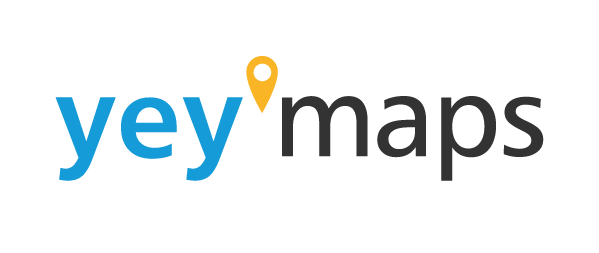
Linked Layers
yey’maps employs vector data through its “linked layers” functionality, which allows users to import geopackages and GeoJSON layers directly into their maps. This feature supports two methods of importing data:
Link Data Source Via URL
Users can provide a URL that points to a geopackage or GeoJSON file. yey’maps will then fetch the data from that URL and link it to the map. This method is useful when the vector data is hosted online or accessible through a public URL.

Upload File
Users can upload a geopackage or GeoJSON file directly from their local machine. yey’maps will process the uploaded file and link it to the map. This method is suitable when the vector data is available as a file on the user’s device.

DB Layers (Database Layers)
Additionally, yey’maps provides a “DB layer” (Database layer) feature, which allows users to create layers with specific data structures. The DB layer can be created in two ways:
Empty Layer
Users can create a new layer with an empty field structure. They can define the fields and their data types based on their requirements. This option is useful when users want to build their own field structure from scratch.

Layer From Existing Data Source
Users can create a new layer using the field structure of an existing layer. This option allows users to reuse the field structure of a previously imported layer, eliminating the need to define the structure again. It simplifies the process when users want to create a new layer with a similar data structure.

By utilizing these features, yey’maps enables users to import vector data from various sources and build their own layers with specific data structures, enhancing the flexibility and customization options for their maps.
